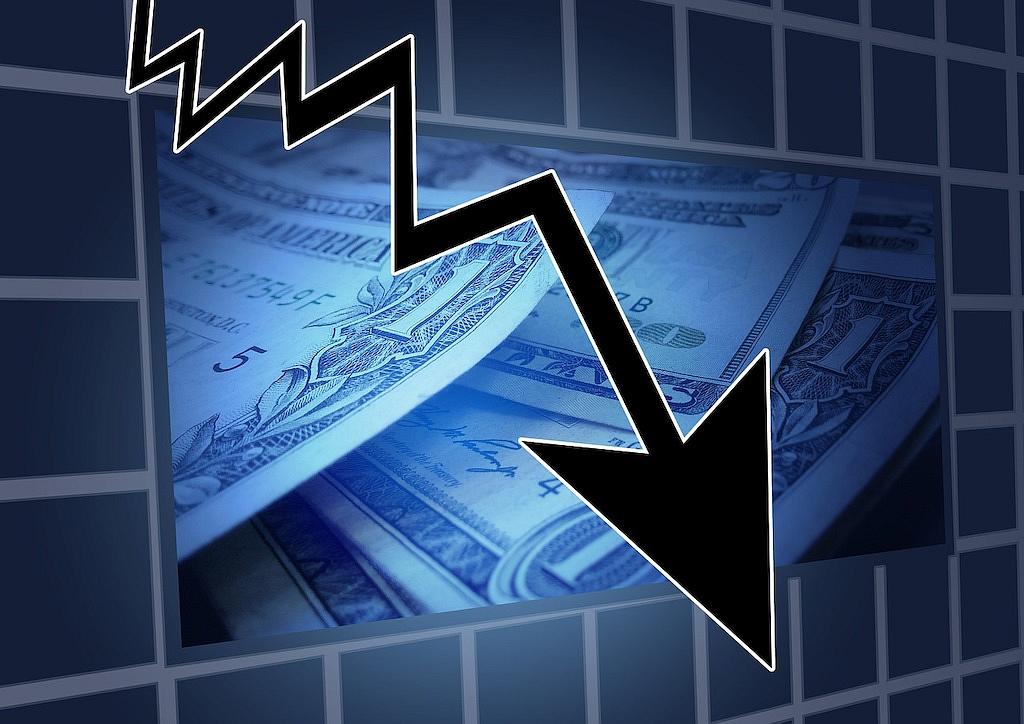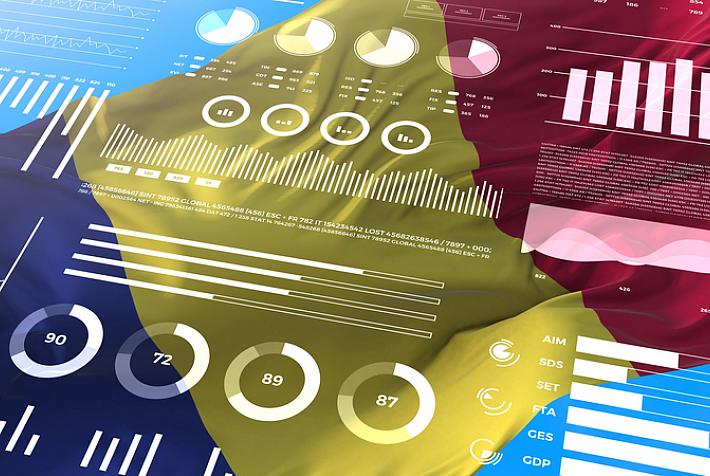World Bank revises downward its economic outlook for Romania

The World Bank revised downward by one percentage point both its estimate for Romania’s GDP growth in 2018 (to 4.1%, from 5.1% in June), as well as its forecast for 2019 and 2020 growth rates to 3.5% and 3.1% respectively, under the January issue of its Global Economic prospects.
The WB expects further slowdown to a 2.8% growth rate in 2021.
The negative revision in the case of Romania was among the toughest, with only Turkey (faced with deep economic crisis) and Kyrgyz Republic (caught between Turkish and Russian crises) seeing more severe revisions. In the case of Romania, the revision has the positive side effect of alleviating the overheating concerns.
One of the causes that led to softer growth in Romania (as well as Croatia and Bulgaria) was identified by WB as being the labour shortages resulting in softening exports. When it comes to risks, the WB mentions the wide external deficit putting at risk the financial stability (resilience to external shocks), in the case of Romania. The potential for financial stress is more elevated in countries with domestic vulnerabilities like Romania and Belarus, which have large current account deficits or large foreign-currency denominated debt.
Banca Transilvania projects 2.8% GDP growth in Romania this year
Romania’s economy in 2018: growth slows down amid rising imbalances
editor@romania-insider.com
(photo source: Pixabay.com)











